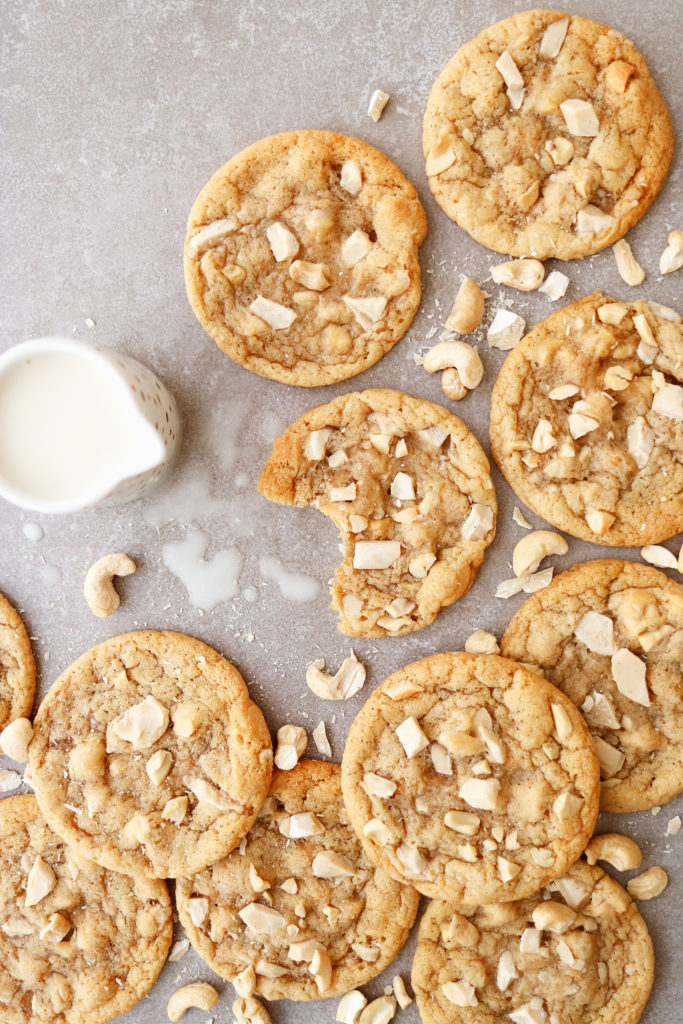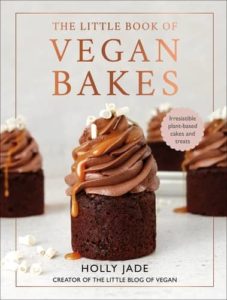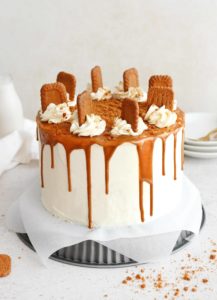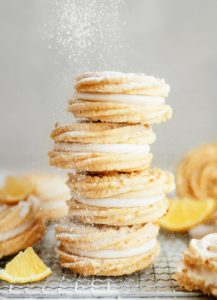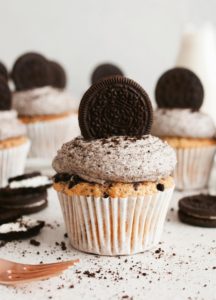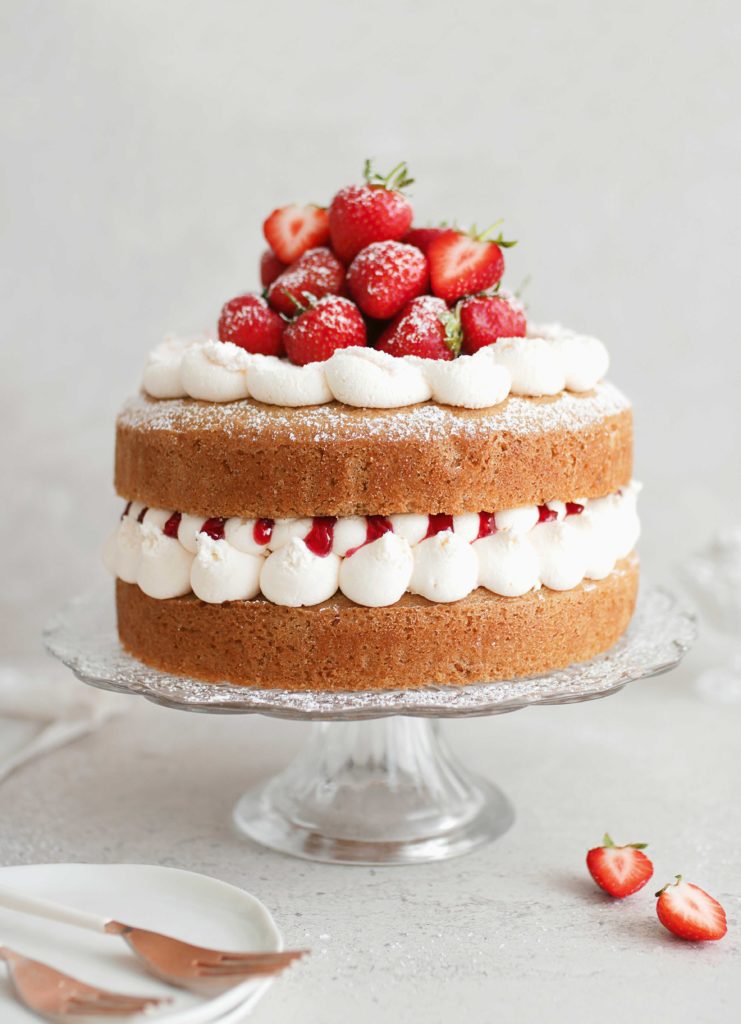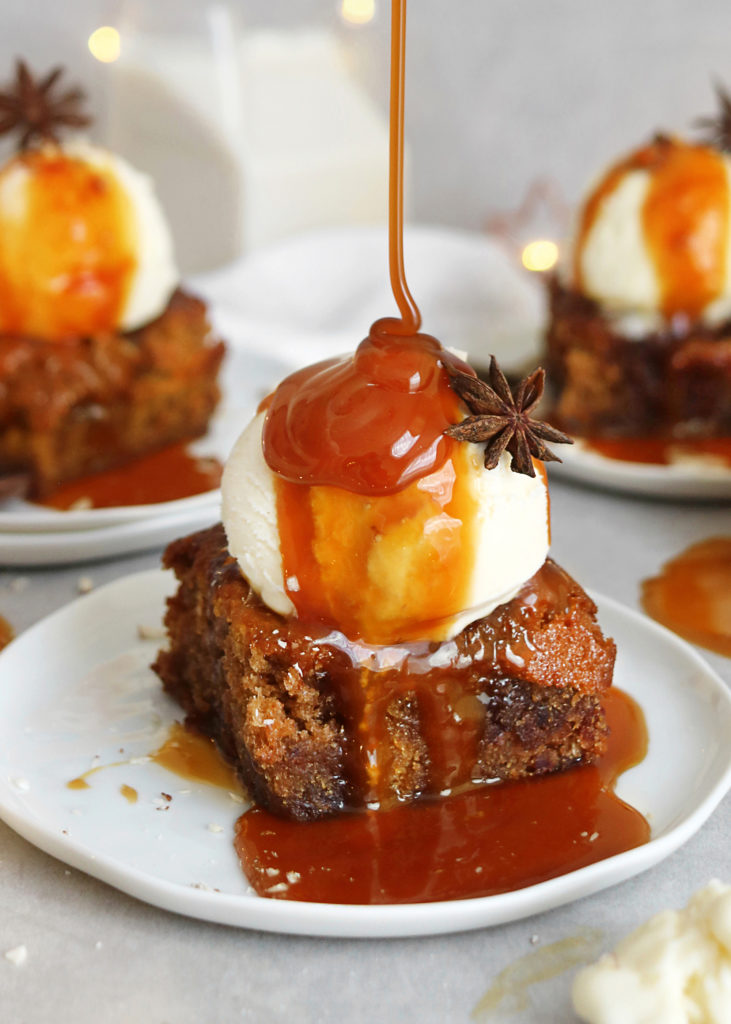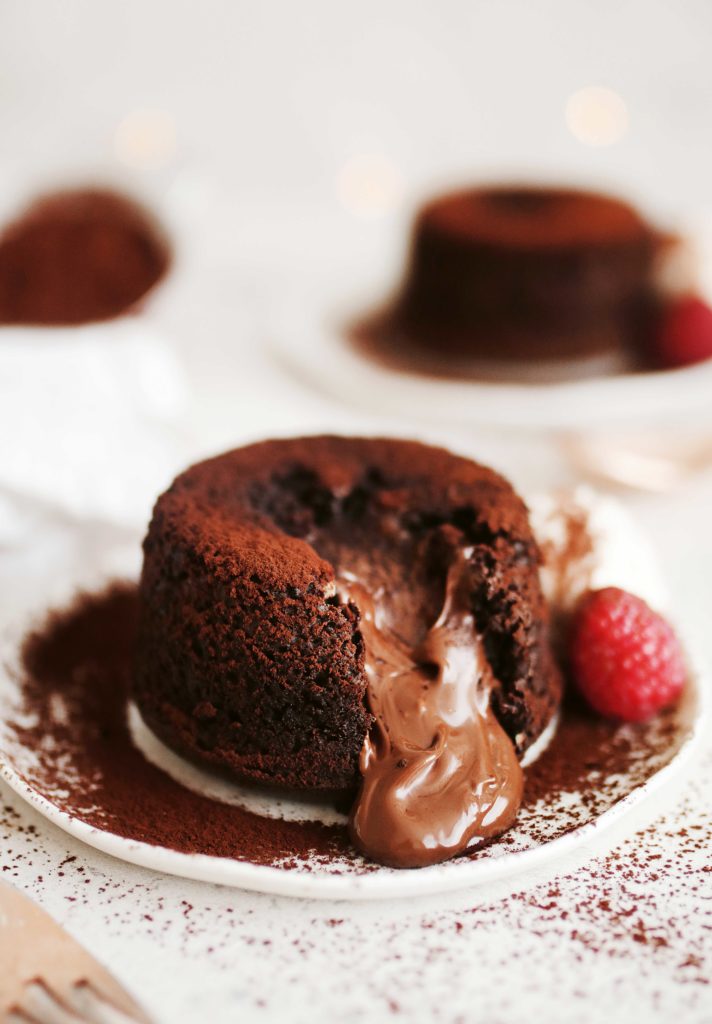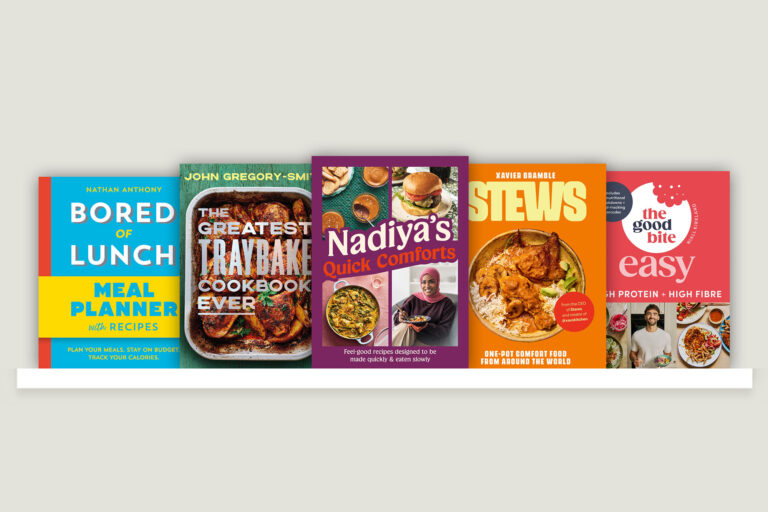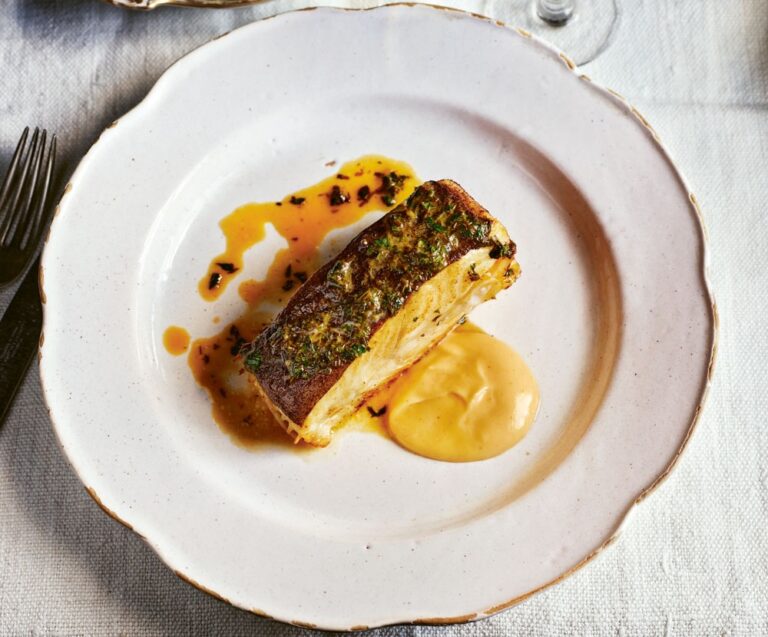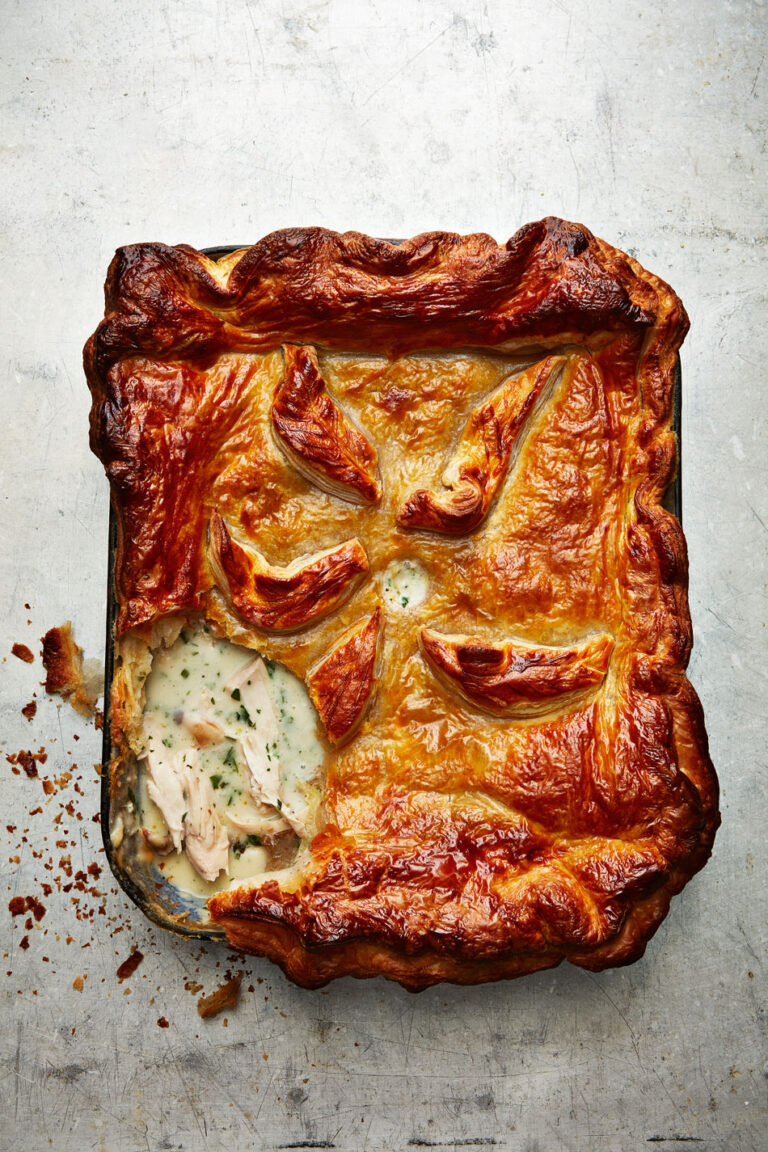Making the switch to vegan baking is much easier than you might think. With the right ingredients, even perfectly aerated cakes, fluffy buttercream and crisp meringue are within reach of the plant-based baker. We caught up with Holly Jade, author of the brand-new baking bible, The Little Book of Vegan Bakes, to find out her go-to alternatives to animal products. From five ingenious substitutes for eggs, to the best plant-based milk and cream, if you add these essentials to your baking toolkit, there’s no bake you can’t make vegan. Over to Holly…
From the book
Buy From
DAIRY-FREE CHOCOLATE There are a range of dairy-free chocolates with a varied degree of cocoa content. The higher the cocoa content, the more bitter the chocolate is. The more cocoa butter in the chocolate, the creamier the chocolate will taste.
DAIRY-FREE MILK There are many plant-based milks on the market, for example rice, oat, soy, almond and cashew milk. My preferred milks to use in cake and bread-based recipes are soy and almond milk, but other milks will still work well. Dairy-free condensed milk comes in a can and is thicker and sweeter than ordinary milk. It works well in lemon curd. Most supermarkets sell at least one brand nowadays.
DAIRY-FREE BUTTER/MARGARINE There is a decent selection of dairy-free butters available. Brands that I recommend are Naturli and Flora. Flora block butter is ideal for swiss meringue buttercream.
DAIRY-FREE CREAM CHEESE I use this in frosting and cheesecakes. Most supermarkets stock a brand of vegan cream cheese using coconut oil and soy in the ingredients. Violife offers a soy-free alternative.
DAIRY-FREE CREAM There are several dairy-free cream alternatives on the market made using oats, soya or coconut. My favourite dairy-free cream brands are Elmlea and Alpro.
DAIRY-FREE WHIPPING CREAM You can get hold of coconut-based whipping cream in most supermarkets, and it’s ideal for adding decoration, as well as bringing extra taste and creaminess to desserts. My preferred brand is Elmlea plant-based whipping cream.
COCONUT CREAM This is much thicker and richer than coconut milk as it has a higher fat content. Many of my recipes use coconut cream: it gives a creamy addition to cheesecakes and coconut macaroons. Most supermarkets sell cans of coconut cream, or you can separate out the cream from a can of premium-quality coconut milk. To do this, tip the can upside down before opening it and pour out the watery fluid, leaving you with the cream. This tends to work better if you chill the can in the fridge beforehand. Check out KTC for coconut milk or Biona for coconut cream.
TOFU This is a vegan protein source made of condensed soy milk. In the recipes in The Little Book of Vegan Bakes I use silken tofu, as it has a smooth consistency that is ideal for use in cheesecakes (and it can be eaten raw, which makes it perfect for uncooked cheesecakes). Just make sure you drain it well.
EGG REPLACEMENTS There are many different vegan options you can use to replace eggs in your baking, but here are a few that I use in various of my recipes.
- Apple cider vinegar: this is my preferred egg replacement in cakes. Apple cider vinegar helps to activate baking powder and bicarbonate of soda.
- Banana: you can use one ripe mashed banana for every egg needed in a recipe.
- Aquafaba: this is the starchy liquid found in a can of chickpeas, although some companies now sell aquafaba as a product on its own. Generally, three tablespoons of aquafaba will bind ingredients as a whole egg would. I use it in meringues and mousses, as it magically whips up to create a creamy, fluffy foam.
- Apple sauce: apples contain pectin, which has great binding properties, and that is why it makes a good egg replacement. I use this in my hot cross buns.
- Flax ‘eggs’: there is gum in flaxseed/linseed that becomes jelly-like when mixed with water and helps the structure of baked goods, acting in a similar way to eggs. To make one flax egg add one tablespoon of milled flaxseed/linseed to three tablespoons of water, let it sit for ten minutes, and you’ve got a great egg substitute to use in things like doughnuts.
Now you’ve stocked your store cupboard with these plant-based baking essentials, you’re ready to try Holly’s recipes.
From the book
